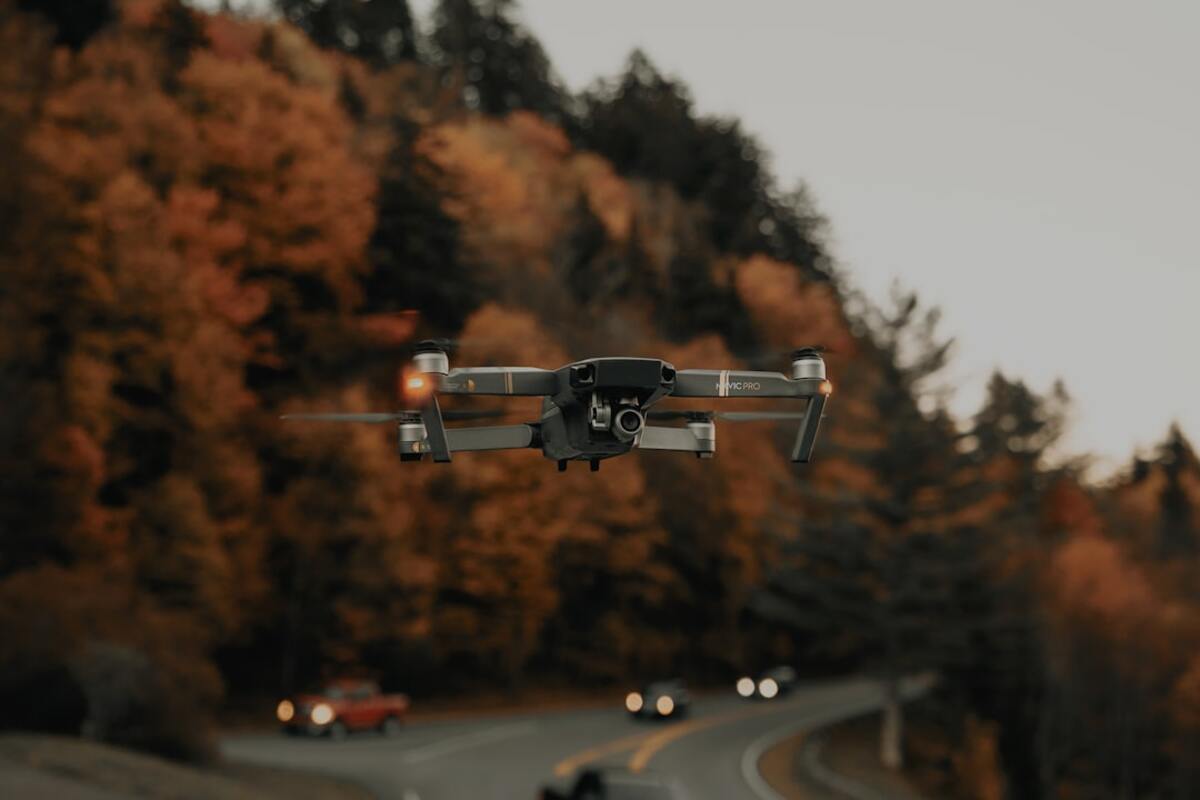The Legal Dimensions of Autonomous Delivery Drones
Explore the intricate legal landscape surrounding the use of autonomous drones for delivery, focusing on privacy, liability, and regulatory challenges.

- Autonomous drones present new privacy concerns due to their surveillance capabilities.
- Liability for drone accidents remains a complex legal issue, balancing manufacturer and operator responsibilities.
- Current regulations are evolving rapidly, but maintaining effectiveness without stifling innovation is a challenge.
Introduction
The advent of autonomous delivery drones marks a revolutionary step in logistics and transportation. These unmanned aerial vehicles (UAVs) are poised to reshape industries by offering faster, more efficient, and environmentally friendly delivery options. However, their rise introduces multifaceted legal challenges, particularly in privacy, liability, and regulatory frameworks.
Privacy Concerns
As delivery drones become more prevalent, their capability to capture images and videos raises significant privacy concerns. These drones can collect data on individuals without their consent, leading to potential invasions of privacy. The legal landscape must address how to balance the convenience of drone deliveries with the protection of individual privacy rights. Questions arise about what constitutes reasonable surveillance and the conditions under which data can be collected and used.
Data protection laws such as the General Data Protection Regulation (GDPR) in Europe may provide a framework, but drones add layers of complexity. The challenge is to craft regulations that ensure transparency in data collection and usage while allowing technological advancements. Furthermore, there is a need for clear guidelines on data retention, sharing, and deletion to protect privacy adequately.
Liability and Safety Issues
The issue of liability in the event of a drone accident is another pressing concern. Determining who is responsible—whether it be the manufacturer, the operator, or another party—can be complicated. Unlike traditional aircraft, the autonomous nature of these drones adds a unique layer to the liability debate. For example, if a drone causes damage due to a software glitch, should the software developer or the hardware manufacturer be held accountable?
Legal precedents in this area are still developing, and courts may need to consider factors such as negligence, product liability, and risk distribution. Additionally, there is a pressing need to establish safety standards for drone operations. Ensuring that drones are equipped with reliable collision-avoidance systems and fail-safes is crucial to prevent accidents and mitigate liability risks.
Regulatory Challenges
Regulating autonomous drones is a multi-faceted challenge that involves aviation authorities, local governments, and international bodies. Current airspace regulations may not adequately address the nuances of drone operations. There is a need for a comprehensive regulatory framework that addresses altitude restrictions, no-fly zones, and air traffic management.
The Federal Aviation Administration (FAA) in the United States, for instance, has begun implementing rules for small UAVs. However, these regulations must evolve as technology advances and usage patterns change. A significant regulatory challenge is balancing safety and innovation; overly stringent rules could stifle technological progress, while too lax regulations could endanger public safety.
To illustrate these complexities, consider the following table highlighting key regulatory considerations:
| Regulatory Aspect | Current Challenges |
|---|---|
| Airspace Management | Integrating drones into existing air traffic systems without causing disruptions. |
| Privacy Laws | Ensuring drones comply with data protection regulations. |
| Safety Standards | Developing and enforcing standards for drone manufacturing and operation. |
| Liability Framework | Establishing clear guidelines for accountability in case of accidents. |
In conclusion, the legal dimensions of autonomous delivery drones are complex and multifaceted. Crafting effective regulations and legal frameworks requires collaboration among stakeholders, including lawmakers, technology developers, and industry leaders. By addressing these challenges, society can harness the full potential of drone technology while safeguarding privacy, ensuring safety, and fostering innovation.
